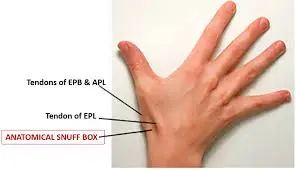Ankle Mobility Test
Introduction: The range of motion and flexibility of your ankle joint are evaluated by an ankle mobility test, which is essential for healthy walking, running, squatting, and lower-body function in general. I frequently see patients with stiff ankles, particularly those that affect their ability to dorsiflex, or raise their foot. Inadequate ankle mobility is a…










